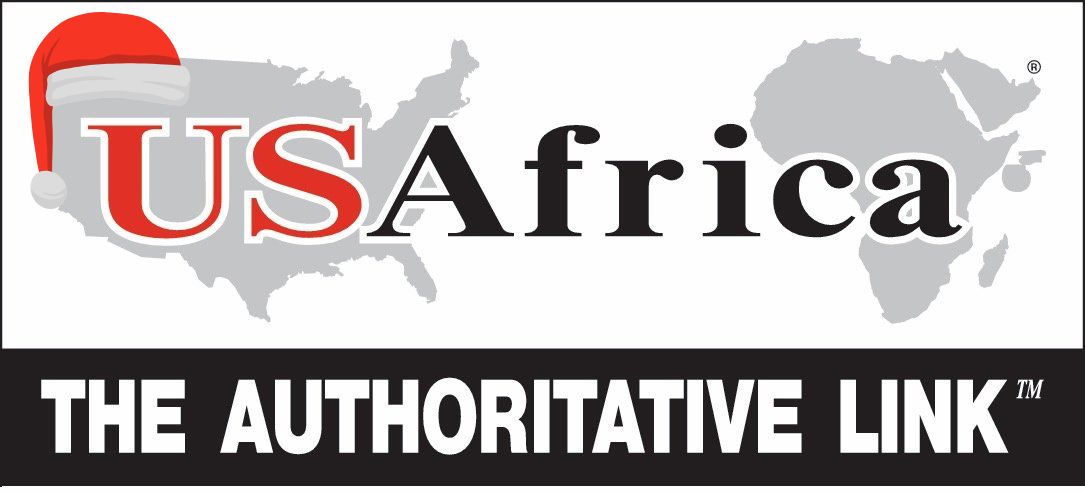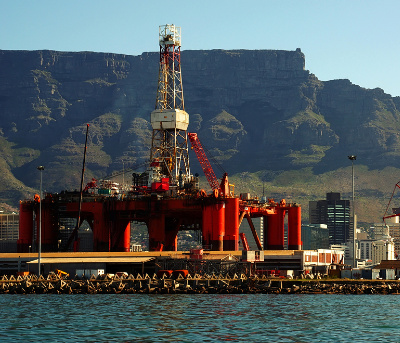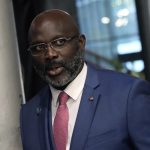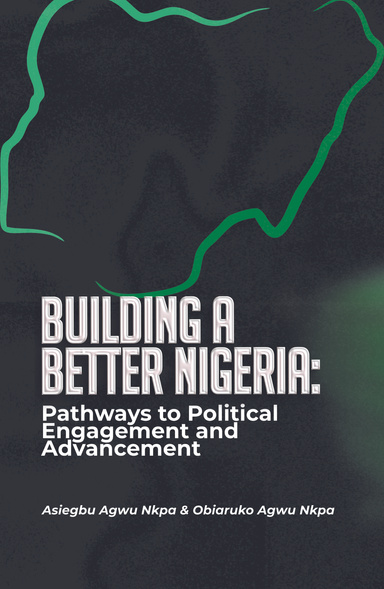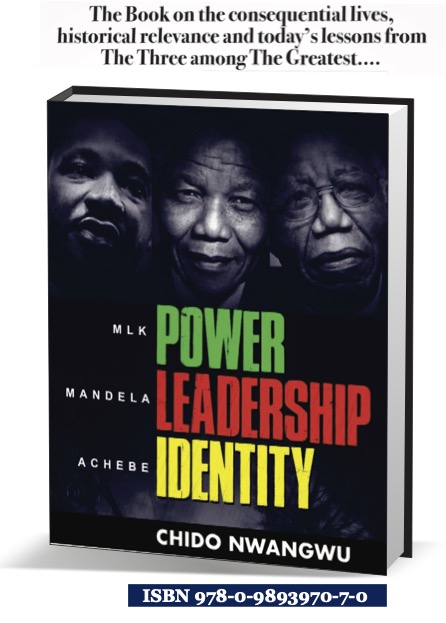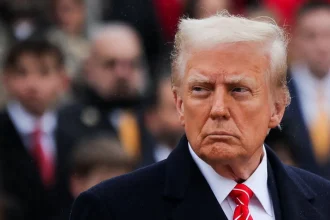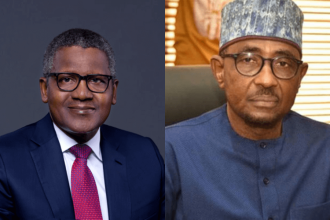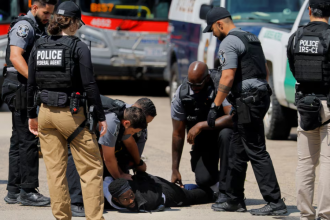After several delays, South Africa has finally completed its master plan to develop its gas market in an effort to cut carbon emissions and prevent the frequent power outages that have long plagued Africa’s largest economy.
According to a senior official at the Department of Mineral Resources and Energy (DMRE), the master plan would be submitted to the cabinet before being made public.
Jacob Mbele, the chief director at the DMRE, informed journalists that the project was completed and was now moving through internal procedures before being submitted to the cabinet for public comment.
South Africa seeks to diversify its energy mix away from outdated, prone-to-breakdown coal-fired power plants and contribute to lowering the continent’s top polluter’s damaging emissions. The nation estimates that it contains 200 trillion cubic feet (tcf) of onshore gas resources and 60 trillion cubic feet (tcf) of offshore gas resources.
The lack of a master plan has increased regulatory uncertainty in South Africa, where French energy company TotalEnergies (TTEF.PA) was hoping to develop two significant offshore gas finds. This issue was originally brought up roughly ten years ago.
The new gas master plan, according to a different DMRE official, was based on information gathered and validated by the industry, and it was created to balance natural gas supply and demand until 2050.
Gas-to-power projects would predominate gas uptake in South Africa initially as the country tries to convert decommissioned coal-fired plants to run on gas, according to the gas master plan, which employs three scenarios (low, medium, and high).
The plan also takes into account that South Africa, which obtains the majority of its gas from the Mozambican reserves of the petrochemical giant Sasol (SOLJ.J), will experience a severe gas shortage starting in 2026 as these fields begin to run dry.
Before the end of December, the gas master plan is anticipated to be disclosed to the public.
